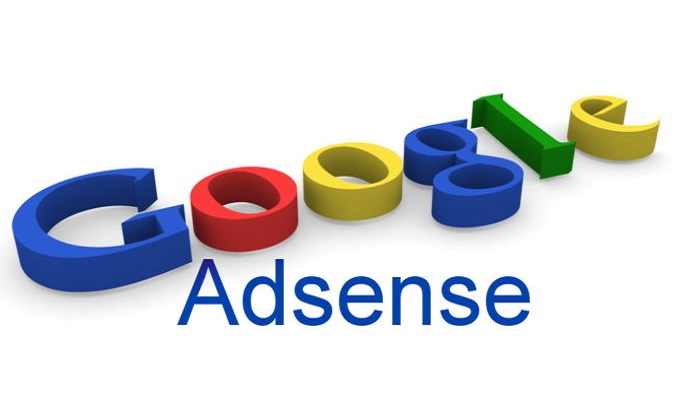This post explains in-depth how Google AdSense earning is calculated. The post settles the disagreement people are having between CPC and RPM.
Please note that all the information in this post is based on the author’s personal experience with Google AdSense. Therefore it may or may not stand as a fact with the original AdSense formula.
I was reading an argument in an online forum, where some of the users argued between CPC and RPM – which is more vital?
I decided to make this post based on my personal experience in Google AdSense to clear the whole misunderstanding.
If you are of the opinion that the CPC is best used to calculate AdSense Earnings know that you are correct.
On the other hand, if you stand that RPM is used to calculate your Google AdSense Earnings – you are also right.
Brief explanation
CPC – Cost Per Click
AdSense CPC means Cost Per Click. This is what you will be paid for every click made on your AdSense ads. The multiplication of the CPC and Clicks is your earnings. Bear in mind that the CPC is calculated with the Clicks.
For instance, if your CPC is $0.50 at the same time, you have 30 Clicks. Your earnings will be $0.50 x 30 = $15.
Note: Estimated earnings / Clicks = CPC
RPM – Revenue Per 1000 Impressions
AdSense RPM means Revenue Per 1000 Impressions or Rate Per 1000 Impressions.
The impression here refers to the page views. The calculation of the earnings with RPM has to do with the AdSense page view.
For instance, if your AdSense RPM is $5 and you had 3,000 Page Views for that day. Your earnings for that day will be $5 x 3,000 / 1,000 = $15
Note: Estimated earnings / Number of page views x 1000 = RPM
Disagreements Between AdSense CPC and RPM

If you are very familiar with your AdSense dashboard and you always monitor it. You will discover that the CPC fluctuates so often more than the RPM on AdSense daily live stats. The RPM also fluctuates, but not as much as the CPC.
At the end of each day, a fixed CPC that when calculated with the clicks will tally with the estimated earnings will be the CPC for the day.
The CPC is never constant; this should tell you that click does not matter all the time. You can’t say, “This is what I will earn for each click today.” In most cases, when your click is faster than usual, the CPC starts dropping.
When Clicks are not increasing the CPC tends to increase, because there is an increase in page views. It should happen so that the CPC multiplication with the Clicks will equate to the estimated earnings.
This is why you may find your CPC as high as $2.00 in the early hours of the morning, and before the evening it drops to $0.20.
In some cases, the CPC starts low and rises as time goes on. Also, in some cases, the CPC remains almost constant.
Each of your web pages has a different CPC depending on the content, keyword, location of webpage visitor, type of ads, and the amount the advertiser is paying.
You may be paid $0.15 for a click on a webpage from country X, and be paid up to $2 for the same page when clicked from country Y. This kind of variation is very common because of the advertiser country target.
For instance, a webpage with insurance ads when visited and clicked in the United States will attract a very CPC. The same ads may appear in Nigeria on the same webpage, but the CPC will be very low.
This happens because the advertisers have already known that the conversion rate from Africa will be meager.
For this reason, they invested just a small amount in Africa just for awareness’ sake.
The CPC does its best so that when multiplied with the Clicks, it will tally with your earnings irrespective of the variations.
However, you may have an almost stable CPC if your blog or website is focused on a particular niche and all your visitors come from the same country.
On the other hand, the RPM fluctuates also. Once your CPC grows higher – the RPM also increases all things being equal.
Am sure you must have witnessed cases in an AdSense dashboard when your page views are increasing, but your earnings are not – instead, the CPC and RPM are busy reducing. You also have seen cases when your Clicks are increasing, but earnings are not.
Conclusion
In conclusion, either RPM or CPC can be used to calculate AdSense Earnings. The RPM is multiplied by Page Views to calculate earnings. While the CPC is multiplied by Clicks to equal earnings.
Every AdSense user loves it when their earnings are increasing. When you are on your live AdSense dashboard, viewing your earnings for the day, pray for page views and clicks to keep increasing, and let CPC and RPM remain increasingly constant.
RELATED ARTICLES


